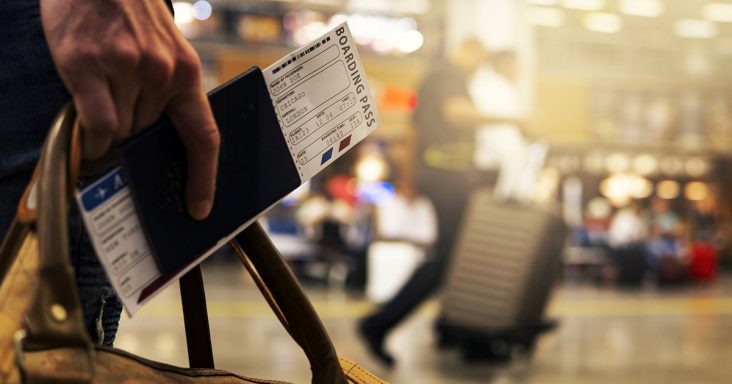AAA: Holiday travel to rise almost 34%; air travel expected to soar 184%
by December 14, 2021 10:41 am 485 views

Road trips will remain the top mode of travel during the holidays despite gas costing $1.25 per gallon more than a year ago, according to AAA. Still, air travel is projected to rise by 184% this holiday season.
More than 100 million people are expected to travel in cars this season, while more than 6 million people travel by air, and 3 million take buses, trains or cruises.
Overall, the number of holiday travelers, or those traveling at least 50 miles from home, will rise by nearly 34% to 109 million people this season, from last season, according to AAA. Even with 27.7 million more people traveling this season, it’s 92% of 2019 levels.
“Americans who canceled their vacations in 2020 want to gather with family and friends for the holidays this year, although they will still be mindful of the pandemic and the new omicron variant,” said Paula Twidale, senior vice president of AAA Travel. “With vaccines widely available, conditions are much different, and many people feel a greater level of comfort with travel.”
According to GasBuddy, a crowdsourced app for gas pricing, the U.S. average gas price has fallen for five consecutive weeks. Over the past week, the price declined by 2.4 cents to $3.32 per gallon. Over the past month, the price has fallen 9 cents. Over the past week, the average diesel price declined by 0.2 cents to $3.60 per gallon.
“With the price of crude oil remaining some $13 per barrel below its 2021 peak, we have continued to see gas prices decline in nearly every city coast to coast, a trend that will likely continue into yet another week,” said Patrick De Haan, head of petroleum analysis for GasBuddy. “Omicron concerns continue to be the primary catalyst for the drop in gas prices across much of the country. While we’ve seen some anecdotal reports about the new variant, vaccine producers have yet to definitively state if current vaccines will still bring adequate protection against omicron – something that might be critical to limit severity and to avoid new shutdowns. With OPEC+ members still planning to boost oil production in January, we continue to see global oil production slowly rising. In addition, U.S. gasoline demand last week fell to the lowest level since October, which may limit oil’s recent rebound and keep gas prices declining through the end of the year.”
According to GasBuddy, the states with the lowest average gas prices are Oklahoma ($2.85), Texas ($2.86) and Arkansas ($2.92). States with the highest prices include California ($4.66), Hawaii ($4.29) and Washington ($3.86).
According to the Centers for Disease Control and Prevention (CDC), starting Dec. 6, those who travel by air to the United States must show a negative COVID-19 test taken no more than one day before traveling, regardless of vaccination status. For those traveling domestically, the CDC recommends delaying travel until fully vaccinated from COVID. Those who are not vaccinated and travel should get COVID tested before and after the trip, according to the CDC.
The AAA has an interactive COVID-19 Travel Restrictions Map that shows travelers closures, recommendations and requirements when traveling in the United States. The CDC also has an interactive map for international travel.
INRIX, in collaboration with AAA, expects marginal delays through the holiday week. However, motorists in major U.S. metro areas could see more than double the delays compared to typical drive times, with those in New York City likely to experience more than three times the delays.
“With kids out of school and many Americans taking extended time off for the holidays, drivers will experience incremental delays throughout the week,” said Bob Pishue, a transportation analyst at INRIX. “Although congestions will be overall lighter than normal, knowing when and where major delays will likely happen will help save time and reduce stress this holiday season.”
